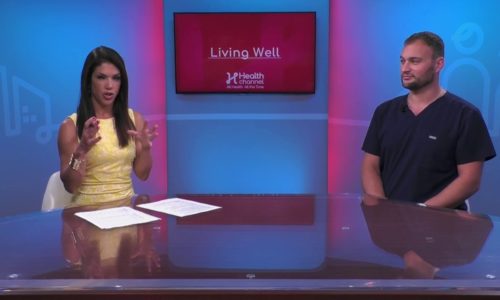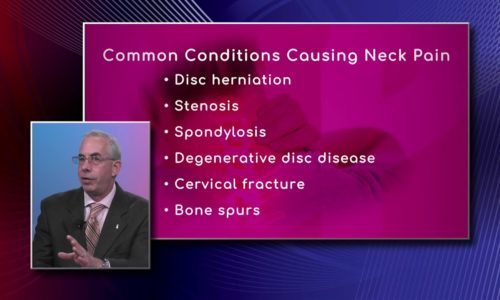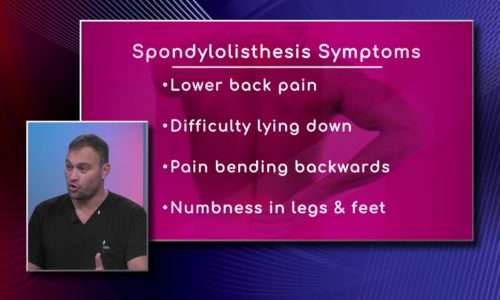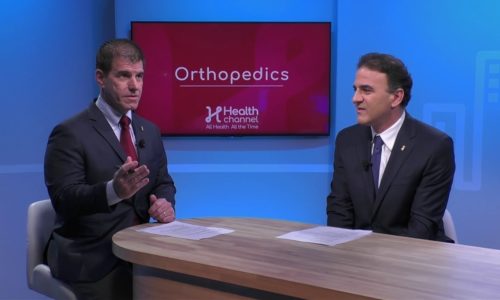Bursitis And Common Symptoms |
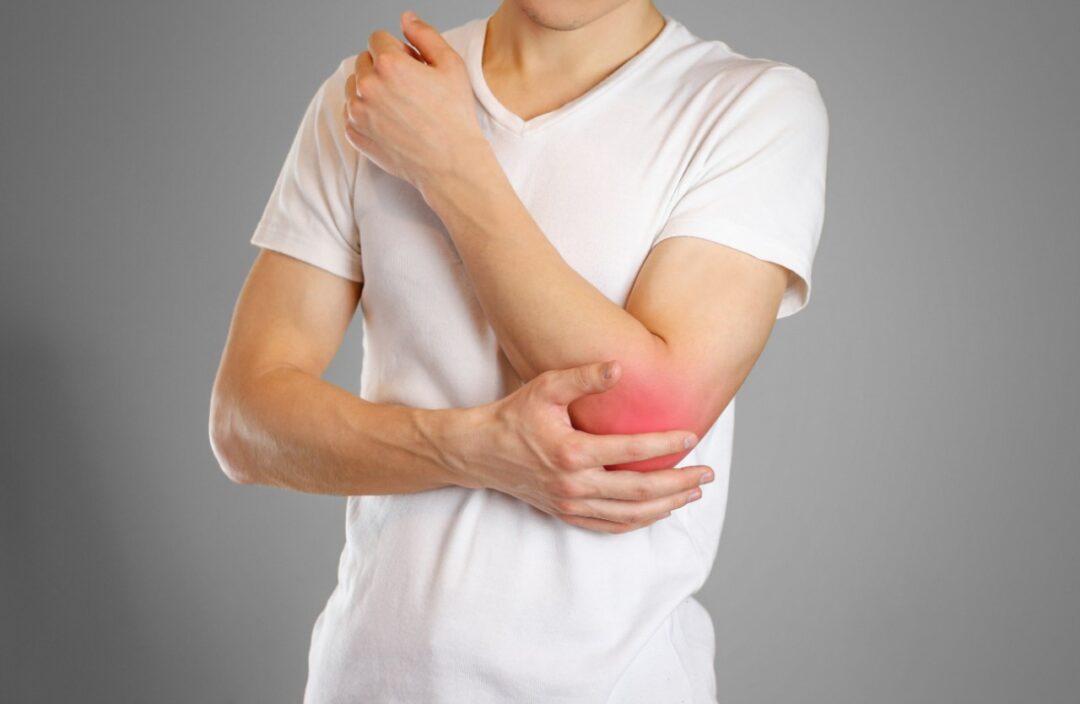
Did you know that our bodies have mini “air bags,” located around our joints (the largest ones are in the shoulder, elbow, and hip) for protection? They are not actually filled with air – they are filled with fluid and are called bursae (plural). But they are designed to keep the joints buffered from impact. Sometimes these sacs become inflamed – usually from trauma or overuse.
When a bursa (singular) becomes inflamed, it’s called “bursitis” – and it can look swollen due to expansion with extra fluid. So long as it doesn’t also become infected, the treatment is rest and anti-inflammatory medications such as naproxen or ibuprofen. In chronic cases (longstanding bursitis), doctors will sometimes give a stronger anti-inflammatory – such as a steroid injection.
When a joint is infected, it usually becomes very red, warm to the touch, and the pain can be disabling. The infection can get into the blood stream and cause a fever. If you think your joint may be infected, it’s important to see a doctor right away.
Otherwise, if your “air bag” is acting up, the best thing to do is rest it and give it time to heal. Bursitis can be confused with arthritis (inflammation of the joint surface itself, not it’s air bag) but bursitis is more likely to resolve, while large joint arthritis doesn’t improve much without intervention (such as surgery) because the cartilage is permanently damaged.
For more information about how to tell the difference between bursitis and arthritis, check out the Mayo Clinic website.
References:
http://www.mayoclinic.org/diseases-conditions/bursitis/basics/symptoms/con-20015102
http://www.mayoclinic.org/diseases-conditions/arthritis/home/ovc-20168903
If you have any more questions just Ask Hanna, our health advisors are here to help.
Image: ©Shutterstock / OBprod


